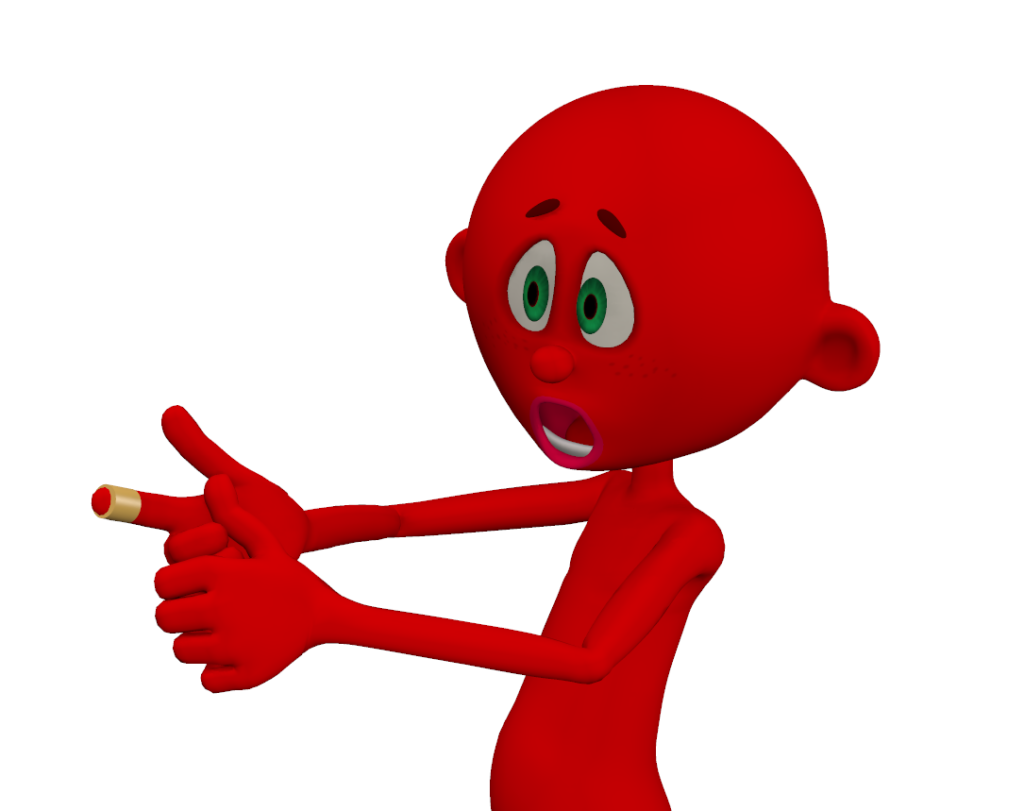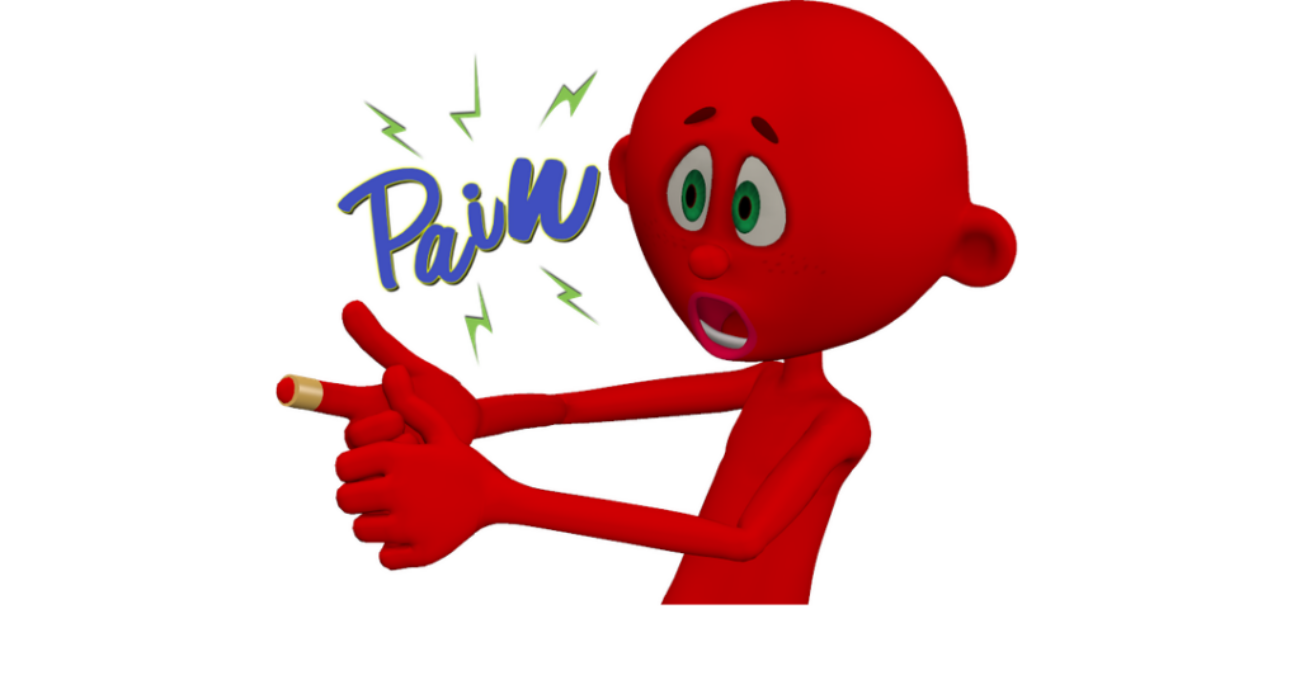A social side to pain
Although my academic interest in sports injuries goes back a long way I only really started thinking about return-to-play (RTP) practices after attending my club’s 125th anniversary. There I trailed one of my old teammates into a function; he was only a couple of years older than me but much bigger and stronger, and way more skillful. That skill had gained him provincial and national honours, but now here he was a prematurely aged man, limping and clearly unable to walk with comfort. Unable to exercise he’d accumulated weight and a bunch of health problems. I was intrigued how this could have happened and started to think a bit more about the effects of injury on long-term health and wellbeing.
We play sport and engage in exercise because it’s a whole lot of fun and it’s something that we enjoy for a host of reasons. We tend to think of that activity as being good for us, likely in intangible ways. We don’t really contemplate our involvement and question whether being active could possibly be bad for us. According to Waddington (2004) there is near universal acceptance of the rhetoric that attempts to link sport and exercise with good health, and it becomes too easy to accept those claims without examining them more critically. Sport and exercise-related injury are ubiquitous – big flash word there for ‘very common’. Sports and exercise medicine is a specialty for doctors and physiotherapists, and any half serious athlete or sports team has ready access to someone who can diagnose and treat their injuries. So we’ve come to accept getting injured playing or working out; injuries are merely obstacles that temporarily get in the way of our goals. Injury is so much a part of exercise and sport that most exercise programmes now specifically target injury prevention through ‘prehabilitation’ exercises (whatever that means – we’ll explore that concept in another blog).

Full disclosure here, I love sport – I love watching it and I love(d) playing it. It’s done lots of things for me over the years and on rare occasions, it’s done things to me. I’ve fractured, ruptured and dislocated bits, I’ve needed surgeries, and needed extensive dental ($$$$) procedures. I’ve spent more games than I ever wanted, injured on the bench. Yet in comparison with others like my old teammate, I’ve gotten off pretty lightly. In terms of my health, I think sport has only been positive. But… if you are paying attention, there’s a bit of a disconnect right there in that I don’t count my musculoskeletal and dental injuries as health concerns. But they are! I can’t do some things that I’d like to do because of the downstream effects of sports injuries. My body aches a little most mornings and a lot of movements hurt. Don’t think for a moment that I am this wounded warrior, because I’m not – I was fortunate. The point I’m slowly trying to get to is that I willingly did this to myself. I never thought for a moment about injury or the long-term consequences; I was always wanting to play, healthy or injured.
So sport beats people up! We know that, but we choose to overlook it. Maybe we’ve become immune, or perhaps we have great faith in the tremendous advances that have been made in sports medicine. After all, the ability to image injuries and provide clear and accurate diagnoses has improved greatly. Arthroscopy and other advances in surgical procedures and materials, mean that many injuries now benefit from timely surgical interventions, rapid repairs and minimal damage to surrounding tissues. This means less interruption to training and time out of competition. That injuries can be taken care of more rapidly is beyond debate, but perhaps we are overlooking that risk endures and that the consequences of injury can follow us into later life. I’m wondering whether we need to reshape our attitudes to injury and return-to-activity and play. Does what we are doing really reflect safe and successful behaviours? Advances in modern sports medicine could actually be argued to be an ethical contradiction. We help people recover faster but then show apparent neglect by sending them back prematurely to the very sports and situations that damaged them!
Most of the injury research has been from a biophysical perspective; probably rightly so as injury damages structures, and involves inflammation, healing, and loss of function. Injury impacts on training ability and performance, so logically injury prevention strategies have had a strong biophysical influence. A lesser known area of research that is gradually gaining more attention is the sociology of pain and injury. Sociologists examine, contemplate and write about society. Pain, attitudes to injury and the fear of injury are of course rooted in the psycho-social domain and are therefore fascinating fodder for sociologists.
Hughes and Coakely (1991) were amongst the first contemporary researchers to explore attitudes to injury and pain in sport. They described a ‘sport ethic’ and the apparent positive deviance demonstrated by some athletes who overconform to that ethic. A good teammate, as per the sport ethic, will do whatever it takes, play through pain, and will never complain. Nixon (1996) confirmed what many suspected, namely that many athletes (94% in one study) play hurt and are encouraged to do so by others.
As discussed in an earlier blog (A workout ethic), Nixon claims that athletes are surrounded by a social network that explicitly or tacitly reinforces that it’s OK to play hurt, ignore pain and keep quiet about injuries and pain. Athletes are of course more likely to mask injuries and hide pain if they fear being negatively judged by a coach, selector or parent (Charlesworth & Young, 2006). As pain is such a subjective construct it seems to get marginalised within sports injuries – it’s easy for others to ignore! In a way that thinking reinforces how we tend to look at the body as a machine (Howe, 2004). If an injured part seems to be repaired then it should be good to go! Coaches can unintentionally get caught up with their own pressures and put team successes ahead of an athletes’ well-being; tacitly pressuring athletes to play hurt. By way of example, in some of my recent research, one athlete remarked ” the coach never once asked how I was getting on with my concussion; all he wanted to know was when would I be ready to play”
As a rugby player, I was totally immersed in what Howe (2004) would call the ‘sporting habitus’ – the subculture within and around specific sports and clubs. I didn’t know it in those terms but there were clear social norms around rugby and my rugby clubs. I picked up on the subtle but deeply ingrained messages about what it meant to be the right kind of club player. Rugby (and there are lots of other sports just as guilty) offered biased social support and messages about how pain and injury should be endured. Think of the sports commentaries where you’ve heard admiration for an athlete’s ability and willingness to play through an injury or pain. Think how many times you’ve heard similar things in the gym or on the training field. A team player doesn’t complain, willing plays hurt and is able to ignore pain and discomfort! That’s part of what garners respect. Many coaches will reinforce that habitus by selecting the ‘right kind of player’, or by ignoring or deliberately making life miserable for injured players. The point is that for some athletes it becomes preferable to play hurt than to be isolated or to risk derailing one’s sporting career (see that opening quote from John Feinstein on playing in the NFL). The paradox here is that athletes who do play while injured or in pain, are likely derailing their chances of performing well.
The danger with all of this is that what happens at an elite level is frequently imitated by others. High school and recreational athletes seek fast-track solutions to injuries, and training room practices can become gym and general fitness practices. My theory is that how we see athletes dealing with pain and injury is having an influence on how others approach sport, fitness, and training.
As exercise professionals we are trying to condition athletes’ bodies to perform better, we are trying to help individuals enjoy physical activity and contribute to their health. Yet at the same time, through our attitudes and practices, we are contributing to the gradual wearing down of those bodies. I don’t believe that this sociology of pain insight is going to suddenly help prevent any injuries, but maybe we can start to reexamine our attitudes to injury and our bodies and think a little more carefully about injury management and RTP practices.
Best, Phil
Selected references
- Feinstein, J. (2006) Next Man Up, Black Bay Books, NY
- Howe, P.D. (2004) Sport, professionalism and pain : ethnographies of injury and risk. Routledge, London
- Hughes, R., Coakley, J. (1991) Positive Deviance Among Athletes: The Implications of Overconformity to the Sport Ethic. Sociology of Sport Journal 8;307-325.
- Nixon II, H.L., (1996) Explaining Pain And Injury Attitudes And Experiences In Sport In Terms Of Gender, Race, And Sports Status Factors Journal of Sport and Social Issues 20: 33-44
- Safai, P. (2003) Healing the Body in the “Culture of Risk”: Examining the Negotiation of Treatment Between Sport Medicine Clinicians and Injured Athletes in Canadian Intercollegiate Sport Sociology of Sport Journal 20, 127-146 .
- Waddington, I. (2004). Sport, health and public policy. In K. Young (Ed.), Sporting bodies, damaged selves: Sociological studies in sports-related injury. Elsevier, London; 287-307
